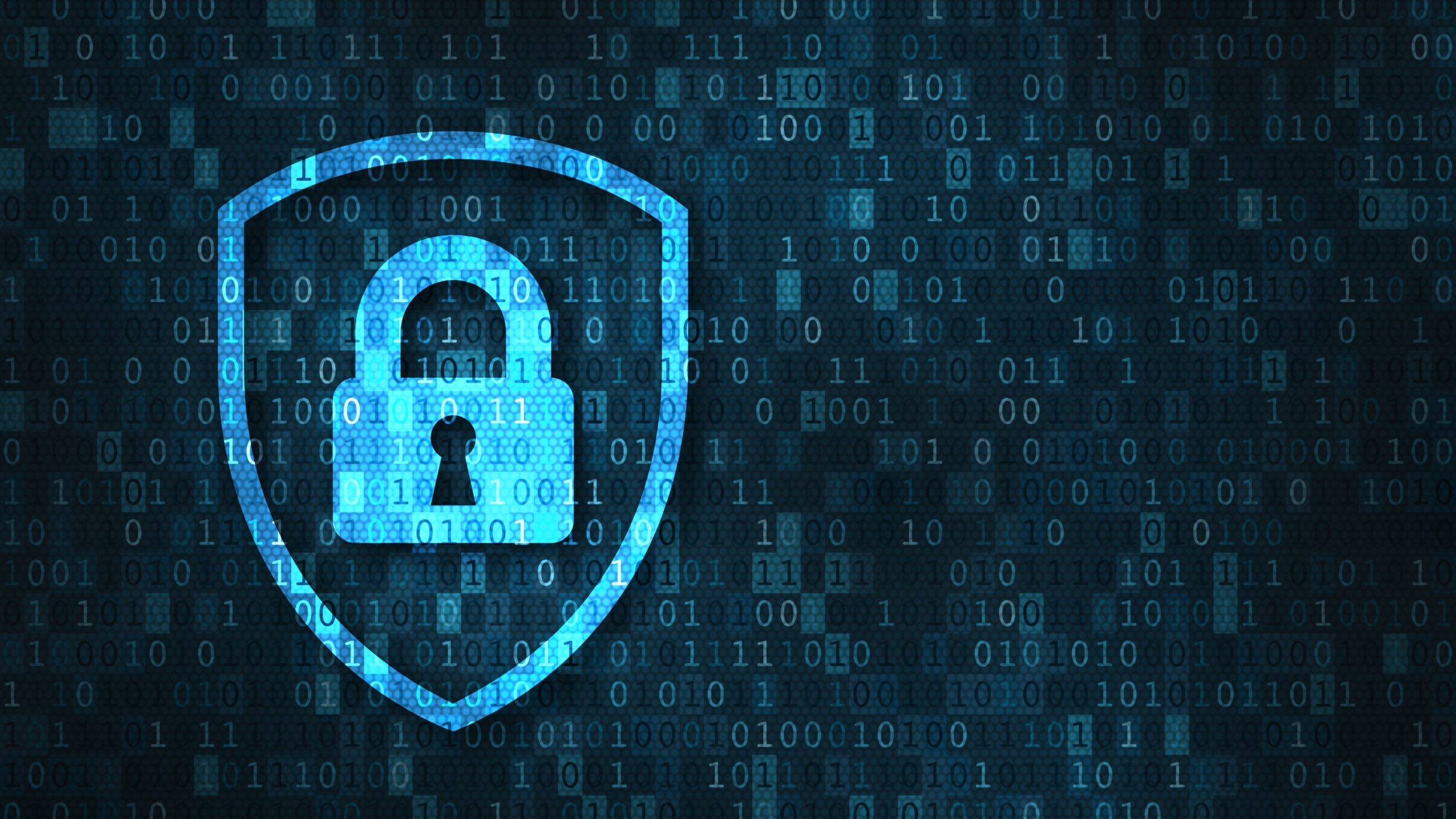Cybersecurity in the Public Sector: Protecting Government Data and Infrastructure
In an increasingly digital world, government entities face growing cybersecurity threats that put sensitive data and critical infrastructure at risk. Cyberattacks targeting the public sector have risen sharply in recent years, making it imperative for agencies to adopt robust security measures to safeguard their systems. From local municipalities to federal organizations, proactive cybersecurity strategies can help mitigate risks and ensure the integrity of government operations.
The Rising Threat of Cyberattacks in Government
Public sector organizations are prime targets for cybercriminals due to the vast amounts of sensitive data they manage, including citizens’ personal information, financial records, and classified government intelligence. According to the Cybersecurity and Infrastructure Security Agency (CISA), ransomware attacks, phishing schemes, and insider threats remain some of the most prevalent risks facing government institutions today.
A successful cyberattack can have devastating consequences, including data breaches, operational disruptions, and financial losses. Additionally, compromised infrastructure can impact public services such as emergency response systems, law enforcement operations, and healthcare services.
Key Cybersecurity Challenges for Government Entities
Government agencies face unique challenges when it comes to cybersecurity, including:
- Aging IT Infrastructure – Many government systems rely on outdated technology, making them more vulnerable to cyber threats.
- Budget Constraints – Limited funding can hinder the ability to invest in the latest cybersecurity tools and hire skilled professionals.
- Compliance and Regulations – Agencies must adhere to strict regulatory frameworks, such as the Federal Information Security Modernization Act (FISMA) and the National Institute of Standards and Technology (NIST) guidelines.
- Increased Attack Surface – The shift to remote work and cloud-based services has expanded the number of potential entry points for cybercriminals.
Best Practices for Strengthening Cybersecurity in the Public Sector
To combat these challenges, government entities must implement comprehensive cybersecurity strategies, including:
- Conduct Regular Risk Assessments
Understanding vulnerabilities is the first step in creating a strong defense. Regular risk assessments help identify weaknesses and allow agencies to prioritize security improvements.
- Enhance Employee Training and Awareness
Human error remains one of the leading causes of cyber incidents. Providing ongoing cybersecurity training for government employees can reduce the risk of phishing attacks, social engineering tactics, and accidental data leaks.
- Implement Multi-Factor Authentication (MFA)
Strengthening access controls with MFA adds an extra layer of security, making it more difficult for unauthorized users to breach government systems.
- Keep Software and Systems Updated
Regularly updating software, patching vulnerabilities, and replacing outdated technology are essential steps in preventing cyberattacks.
- Develop a Comprehensive Incident Response Plan
Having a well-defined response plan in place ensures that agencies can quickly contain and mitigate damage in the event of a cybersecurity breach.
- Partner with Cybersecurity Experts
Government entities can benefit from working with cybersecurity professionals who provide expertise in risk management, compliance, and threat mitigation strategies.
Protecting government data and infrastructure is not just an IT concern—it’s a public trust responsibility. By investing in cybersecurity, government agencies can ensure the safety, security, and resilience of their operations in an ever-changing digital landscape.
Contact Brady Martz today to learn how we can support your cybersecurity needs in the public sector.






